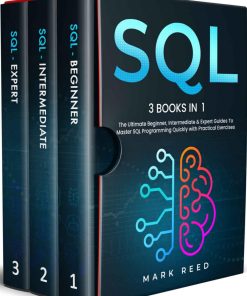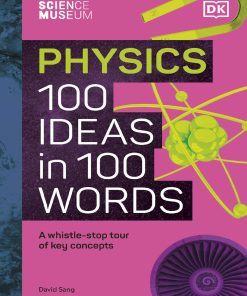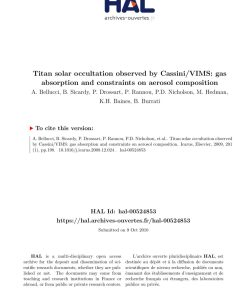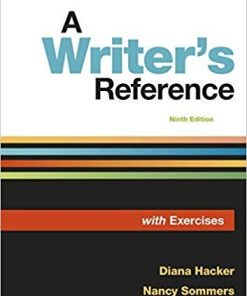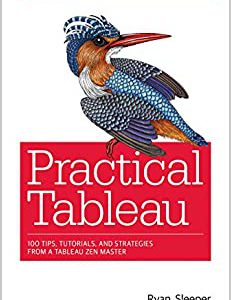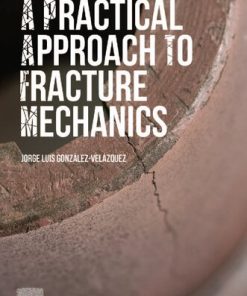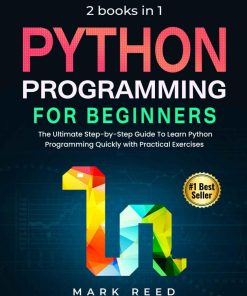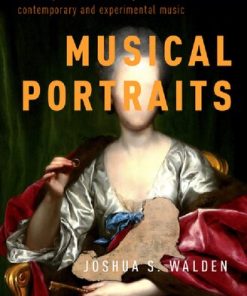(Ebook PDF) Composing with Constraints 100 Practical Exercises in Music Composition 1st edition by Jorge Variego 0190057262 9780190057268 full chapters
$50.00 Original price was: $50.00.$25.00Current price is: $25.00.
Composing with Constraints: 100 Practical Exercises in Music Composition 1st edition by Jorge Variego – Ebook PDF Instant Download/DeliveryISBN: 0190057262, 9780190057268
Full download Composing with Constraints: 100 Practical Exercises in Music Composition 1st edition after payment
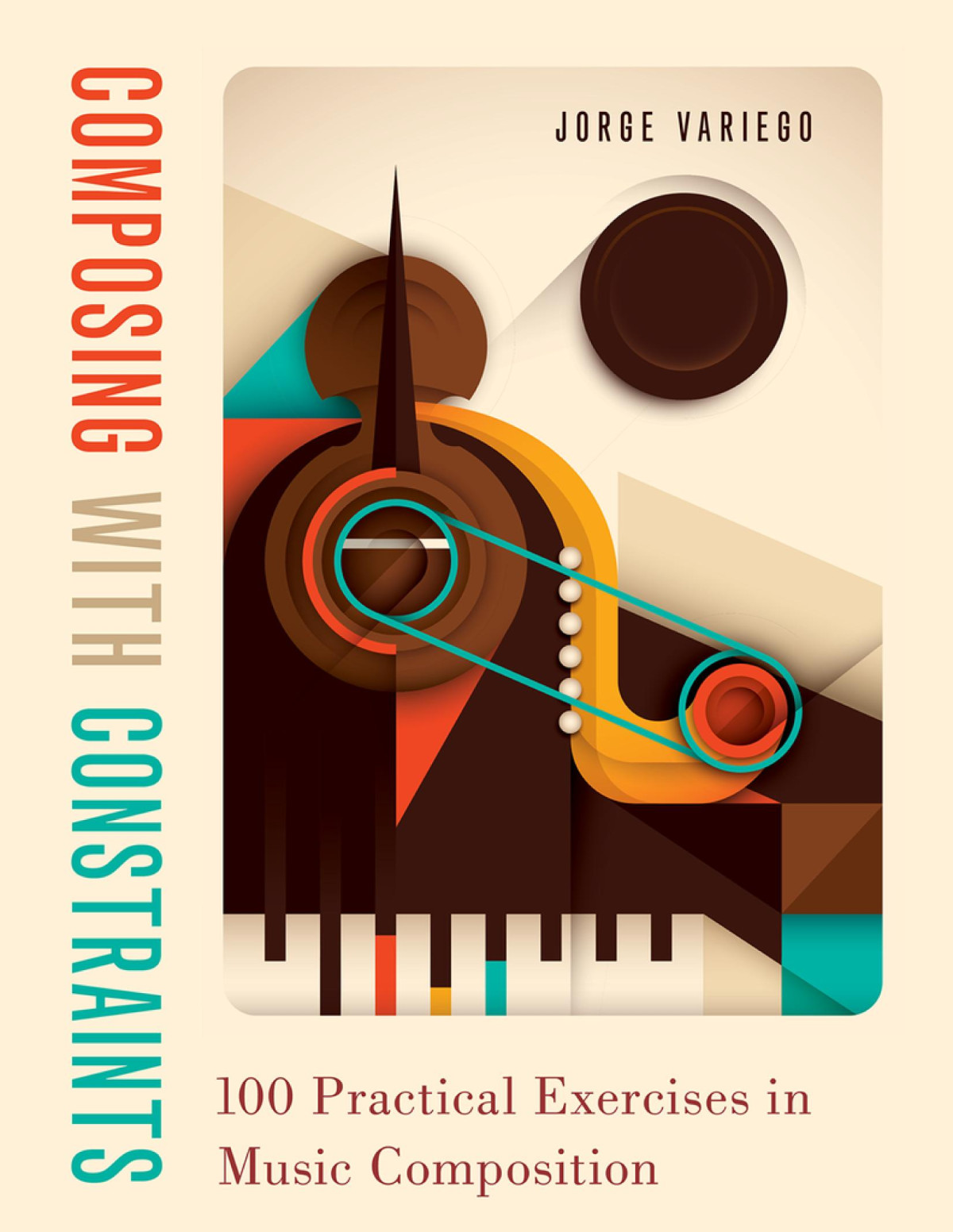
Product details:
ISBN-10 : 0190057262
ISBN-13 : 9780190057268
Author : Jorge Variego
Composing with Constraints: 100 Practical Exercises in Music Composition provides an innovative approach to the instruction of the craft of music composition based on tailored exercises to help students develop their creativity. When composition is condensed to a series of logical steps, it can then be taught and learned more efficiently. With this approach in mind, Jorge Variego offers a variety of practical exercises to help student composers and instructors to create tangible work plans with high expectations and successful outcomes. Each chapter starts with a brief note on terminology and general recommendations for the instructor. The first five chapters offer a variety of exercises that range from analysis and style imitation to the use of probabilities. The chapter about pre-compositional approaches offers original techniques that a student composer can implement in order to start a new work. Based on lateral thinking, the last section of the book fosters creative connections with other disciplines such as math, visual arts, and architectural acoustics. The one hundred exercises contain a unique set of guidelines and constraints that place students in a specific compositional framework. These compositional boundaries encourage students to produce creative work within a given structure. Using the methodologies in this book, students will be able to create their own outlines for their compositions, making intelligent and educated compositional choices that balance reasoning with intuition.
Composing with Constraints: 100 Practical Exercises in Music Composition 1st Table of contents:
1 Melody (Exercises 1–20)
Preliminary Notes
Exercises
Exercise 1: Focal Point
Exercise 2: Using a Scale
Exercise 3: Using a Scale and a Subset
Exercise 4: Using a Scale with a Substitute Pitch
Exercise 5: A Scale in a Given Order
Exercise 6: A Scale in a Given Order with Ordered Rhythm
Exercise 7: Concatenating Triads
Exercise 8: Concatenating Triads of Any Type
Exercise 9: Segments of Equal Duration
Exercise 10: Segments of Unequal Duration
Exercise 11: The Melody of an Image
Exercise 12: Integer Notation
Exercise 13: Integer Notation Collections and Subsets
Exercise 14: Integer Notation Collections and Transition Subsets
Exercise 15: Simple Probabilities
Exercise 16: A 12-tone Row
Exercise 17: A 12-tone Row in Palindrome
Exercise 18: Intervallic Content
Exercise 19: Using Melodic Motifs
Exercise 20: Eliminations
2 Harmony (Exercises 21–40)
Preliminary Notes
Exercises
Exercise 21: Composing Transitions
Exercise 22: Using Segments, Melody Becomes Harmony
Exercise 23: Axis of Symmetry
Exercise 24: Using the Harmonic Series
Exercise 25: Using the Harmonic Series with a Pedal Tone
Exercise 26: Just Triads
Exercise 27: Using Integer Notation
Exercise 28: Diatonic?
Exercise 29: A 12-tone Row
Exercise 30: “Circle” Progression
Exercise 31: Triads That Move in Thirds
Exercise 32: Triads That Move in Thirds and Progressions within a Progression
Exercise 33: Polychords, Triads over Triads
Exercise 34: Polytonality
Exercise 35: Pedal Tones
Exercise 36: Ideas Using Parallel Modes
Exercise 37: Clusters
Exercise 38: Sequences and Patterns
Exercise 39: Implied Harmonies
Exercise 40: Contrafacts
3 Rhythm (Exercises 41–60)
Preliminary Notes
Exercises
Exercise 41: Transformations Using Simple Math
Exercise 42: Using Segments
Exercise 43: Using Segments per Measure
Exercise 44: Non-retrogradable Rhythms
Exercise 45: Patterns within Patterns
Exercise 46: Extracting the Rhythm of a Text
Exercise 47: Why Meter?
Exercise 48: Short, Long, Long, Short—Using Morse Code
Exercise 49: Ostinato
Exercise 50: Playing with Hemiolas
Exercise 51: Hemiolas and Melodic Construction
Exercise 52: Polymeter
Exercise 53: Metric Modulations
Exercise 54: Using Rhythmic Motifs
Exercise 55: Motivic Displacement
Exercise 56: Isorhythmic Motets, Talea and Color
Exercise 57: Repeat Signs, Loops, and Internal Spiraling
Exercise 58: Composing with Unequal Rests and Pauses
Exercise 59: Eliminations, Everything Coming from the Same Tune
Exercise 60: Perceivable and Non-perceivable Pulse
4 Texture (Exercises 61–80)
Preliminary Notes
Exercises
Exercise 61: Analyzing Chopin
Exercise 62: Homorhythmic
Exercise 63: Melodic Motifs
Exercise 64: All the Same but Different
Exercise 65: Phasing
Exercise 66: Analyzing Debussy, Plaining
Exercise 67: Liszt, Simple Harmonies, Complex Texture
Exercise 68: Ostinatos
Exercise 69: Letting the Performer Make Decisions
Exercise 70: Aleatory Counterpoint
Exercise 71: Micropolyphony
Exercise 72: Counterpoint, Appropriating from Fux’s Species
Exercise 73: Counterpoint “Tree”; 1:1, 1:2, 1:3, and Others Combined
Exercise 74: Same Chord, Different Color (Orchestration)
Exercise 75: The Magic of the Unison and Timbral Modulation
Exercise 76: Volume of Orchestration
Exercise 77: Text Painting, Representing Text with Sounds
Exercise 78: Heterophony
Exercise 79: Using Stratified Layers à la Ives
Exercise 80: Sound Masses
5 Form (Exercises 81–90)
Preliminary Notes
Exercises
Exercise 81: Planning Contrast
Exercise 82: Composing with Modules
Exercise 83: The One-way-trip Composition, Developing Variations
Exercise 84: Theme and Variations
Exercise 85: Spinning around A, Rondo?
Exercise 86: Form as Process, Minimalism
Exercise 87: Palindromic Structures
Exercise 88: Available Forms à la Brown
Exercise 89: Monolithic Structures
Exercise 90: Game Pieces
6 Pre-compositional Strategies (Exercises 91–100)
Starting a New Composition: Challenges and Possible Solutions
Formal Plans
Using Matrices and Vector Graphics
Analysis and Stylistic Imitation
Improvisation
Connecting Worlds
Soundscapes and Nature
Repeat Yourself
Using the Computer as an Assistant
People also search for Composing with Constraints: 100 Practical Exercises in Music Composition 1st:
composing with constraints by jorge variego
composing with constraints book
composing molecules with multiple property constraints
how to write a constraint
what is an example of constraints
Tags:
Composing,Constraints,Practical Exercises,Music Composition,Jorge Variego
You may also like…
Uncategorized
Practical Flow Cytometry in Haematology: 100 Worked Examples 1st Edition u2013 Ebook PDF Version
Computers & Technology
Physics - General Courses
Computers - Programming





